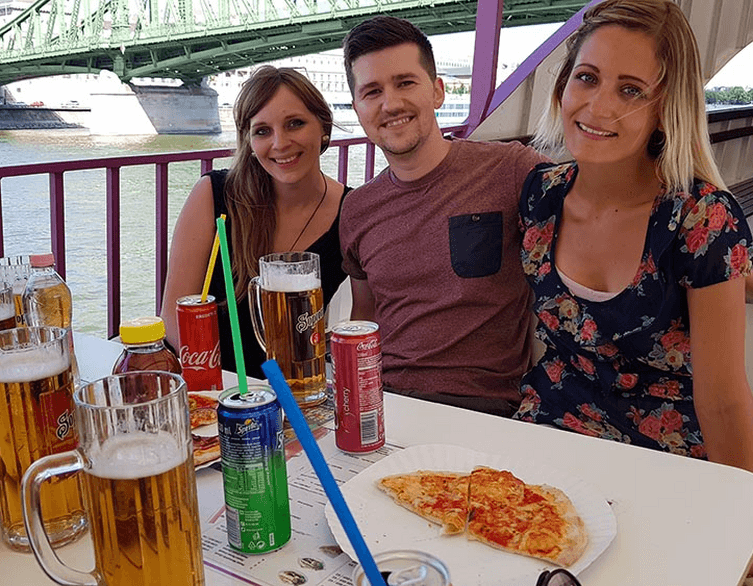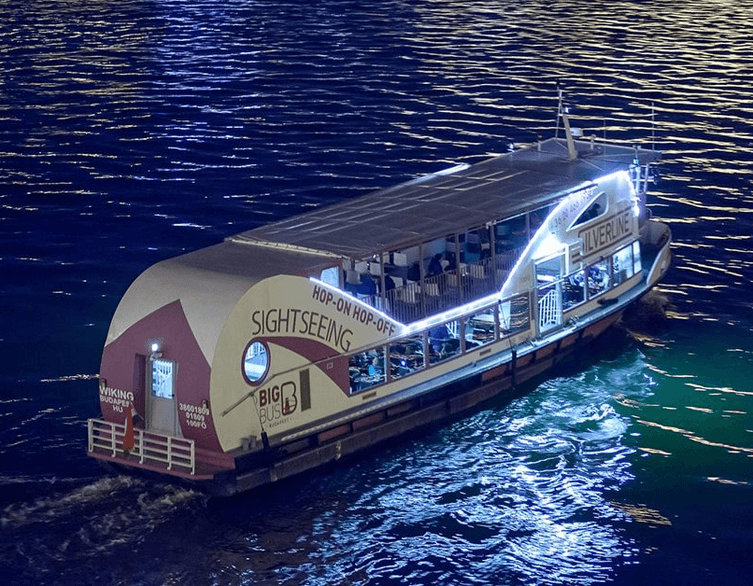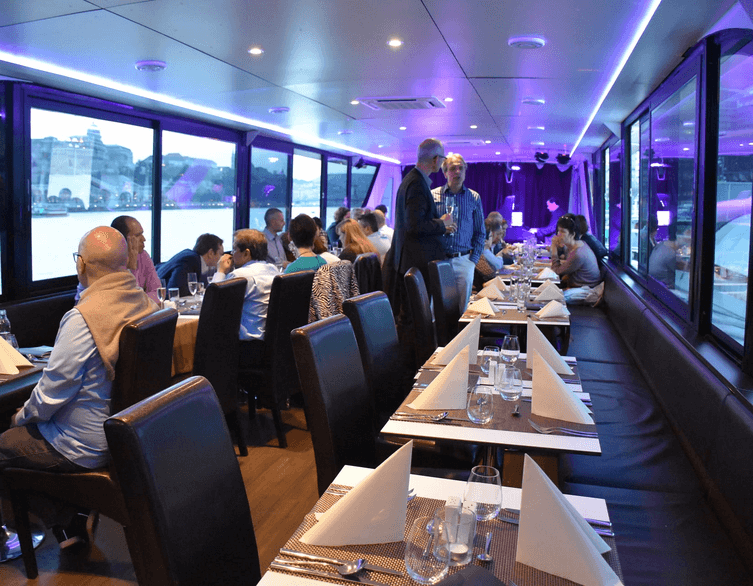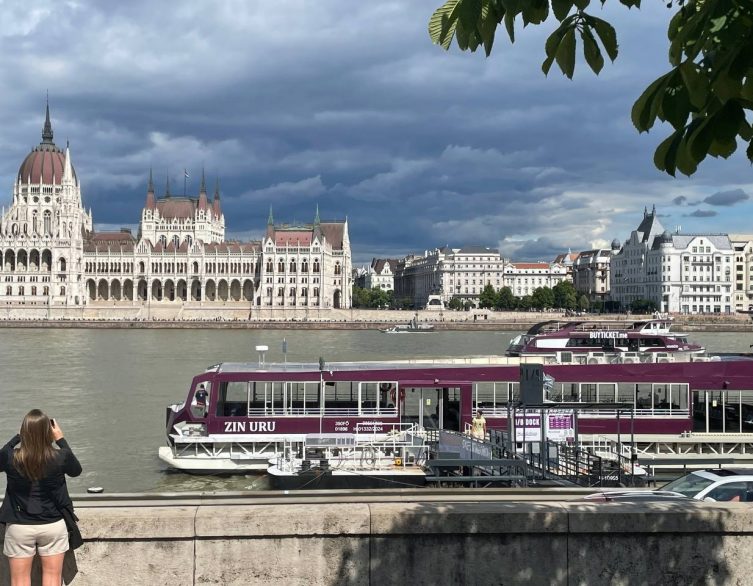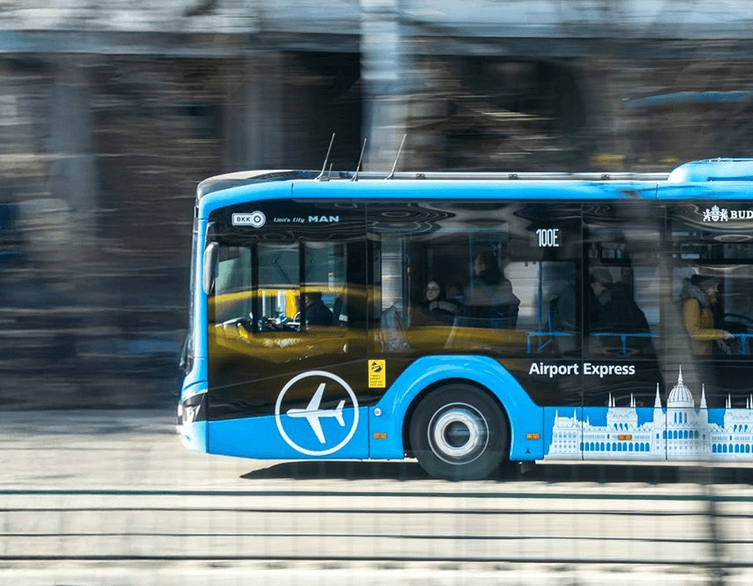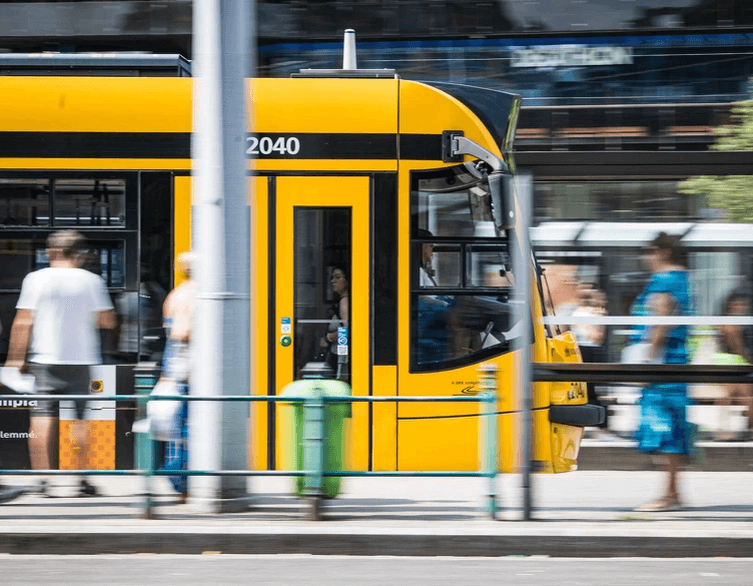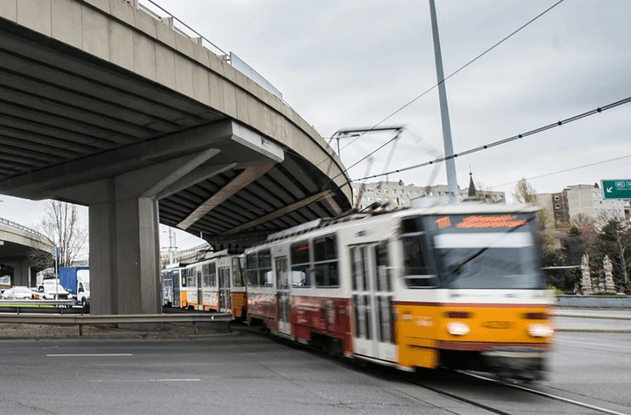Budapest Summer Traffic Chaos: What Foreign Visitors Need to Know
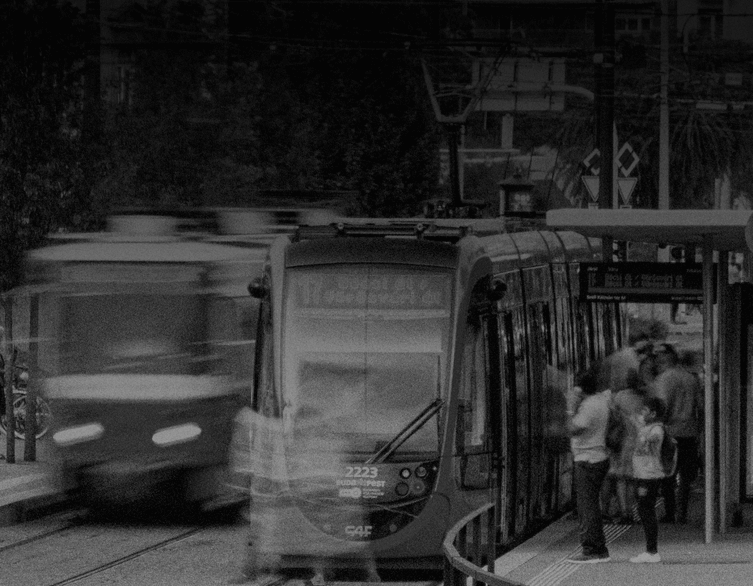
If you’re planning to visit Budapest this July, you might want to buckle up for a bumpy ride. The Hungarian capital is experiencing unprecedented summer traffic congestion that’s catching everyone off guard, including seasoned locals and transportation officials. What’s typically the quietest time of year for Budapest’s roads has turned into a gridlock nightmare that could seriously impact your travel plans.
The Summer Traffic Surprise That Nobody Saw Coming
Every year, Budapest residents and city planners expect a predictable pattern: when schools close for summer vacation, traffic volume drops by about ten percent. It’s been a reliable rhythm for decades, allowing the city to schedule major infrastructure projects during what should be the calmest period on the roads.
This year, however, something completely different is happening. According to Budapest Transport Center officials, traffic levels are stubbornly refusing to decrease. The data from recent weeks shows traffic volumes practically identical to those during the regular school year, creating an unexpected perfect storm of congestion that’s affecting everyone from daily commuters to international visitors.
The implications extend far beyond just longer car journeys. Public transportation is also feeling the strain, with tram and bus routes experiencing delays ranging from five to twenty-five minutes. For tourists relying on Budapest’s usually efficient public transport system, this means building extra time into every journey and potentially missing scheduled tours or restaurant reservations.
Major Construction Projects Creating Perfect Storm Conditions
Budapest’s summer construction season has collided with this unexpected traffic persistence to create what transportation experts are calling a perfect storm. The city is simultaneously undertaking several massive infrastructure projects that would normally be manageable during the quieter summer months.
The most significant disruption involves the iconic trams 4 and 6, which serve some of Budapest’s most tourist-heavy areas. Construction work on the Jászai Mari Square section will continue through the end of July, involving partial track replacement and foundation reinforcement. These aren’t minor touch-ups but comprehensive renovations that require temporary lane restrictions and sometimes complete closures.
Adding to the complexity, the Flórián Square overpass renovation, which began in March, is reaching its most intensive phase. The Mozaik Street overpass renovation is also underway, expected to complete by month’s end, while the full Flórián Square bridges won’t be finished until next spring. These projects involve replacing concrete elements and expansion joints to address cracks and moisture damage that have accumulated over years of use.
Best deals of Budapest
The challenge for visitors is that these construction zones create bottlenecks along the Danube riverside routes, where alternative paths are limited. The narrow cross-sections of riverside roads mean that when one route is blocked, traffic has few places to go, creating ripple effects throughout the city.
Tram Line 1 Disruptions: What Tourists Should Expect
One of the most significant impacts for visitors staying in Buda or exploring the castle district involves Tram Line 1. Due to the Flórián Square overpass renovation, this important connection is running on a shortened route until July 24th, operating only between Kelenföld Railway Station and Szentlélek Square.
The Budapest Transport Center has introduced replacement bus service with the same number 1 designation, running between Bécsi Road/Vörösvári Road and Szentlélek Square. While this maintains connectivity, the replacement service adds complexity for tourists unfamiliar with the temporary arrangements.
For visitors staying in northern Buda neighborhoods or trying to reach the city center, alternative routes now involve transfers to lines 17, 19, and 41 trams, connecting to Metro Line 2, or using the number 9 bus. These alternatives work, but they require more planning and potentially longer journey times than the direct tram connection tourists might expect from guidebooks or older travel advice.
Airport Access: The Hidden Travel Trap
Perhaps the most critical information for international visitors involves getting to and from Budapest Airport. From July 7th through July 24th, major pavement refurbishment work on the M4 semi-motorway at the Vecsés junction is creating significant delays for airport-bound travelers.
This isn’t a minor inconvenience that adds a few minutes to your journey. Airport officials are strongly recommending that all passengers add at least one extra hour to their usual travel time when heading to catch flights. The construction work is being carried out in phases, with the first phase running from July 7th to 11th creating the most severe restrictions.
During the initial construction phase, only one lane remains available for traffic heading toward Budapest from the airport, while two lanes stay open for airport-bound vehicles. This creates a bottleneck effect that can dramatically increase travel times, especially during peak hours when business travelers and tourists are simultaneously trying to reach their flights.
For visitors with early morning flights or tight connection schedules, this could mean leaving central Budapest as much as two hours earlier than usual. The construction affects not just private cars and taxis but also airport shuttle services and ride-sharing options.
Smart Transportation Strategies for Visitors
Given these challenging conditions, successful navigation of Budapest requires adapting your transportation strategy. The city’s Metro Line 2, suburban railway lines, and night services often provide faster and more predictable journey times than surface transportation during this construction period.
The Budapest Transport Center has enhanced their BudapestGO mobile application with real-time schedule and traffic information specifically to help navigate these disruptions. For international visitors, downloading this app before arrival can provide crucial updates about delays and alternative routes.
Budapest’s bike-sharing system, known as Bubi, offers another alternative for shorter journeys, particularly in the city center where construction impacts are most severe. The system has been expanding its electric bike infrastructure, making it increasingly attractive for tourists comfortable with urban cycling.
For those who must use cars or taxis, avoiding the central traffic zones becomes crucial. Routes along the outer sections of inner districts and roads following the Ring Road 2 can help bypass the worst congestion areas. Many hotels and businesses are also supporting flexible scheduling to reduce peak-hour pressure on the transportation network.
Quick-Fix Solutions Already in Motion
City officials haven’t been sitting idle while traffic chaos unfolds. Based on recommendations from transportation advocacy groups, several immediate measures have been implemented to ease congestion. These include rescheduling work on Rákóczi Bridge, giving priority to public transportation vehicles at Gellért Embankment and Margaret Bridge, and suspending front-door boarding requirements on several Buda bus lines.
Additionally, weekday closures of the Id. Antall József Embankment section between Margaret Bridge and Chain Bridge have been suspended, keeping this crucial riverside route open for traffic flow. These modifications are designed to have immediate impact on traffic fluidity and encourage more people to use public transportation.
The reorganized traffic circles and bus lanes are already showing promise in the short term, while potentially laying groundwork for longer-term urban mobility improvements. Transportation officials are monitoring these changes daily to assess their effectiveness and make further adjustments as needed.
Planning Your Budapest Visit During Construction Season
The key to enjoying Budapest during this challenging transportation period lies in realistic planning and flexibility. Allow significantly more time for all journeys, especially those involving airport transfers or crossing between Buda and Pest sides of the city.
Consider staying in accommodations that minimize your need to cross construction zones. Hotels near Metro Line 2 stations provide reliable access to major tourist attractions without depending on surface transportation that’s most affected by the construction delays.
Book restaurant reservations and tour times with generous buffers, and communicate with service providers about potential delays. Many Budapest businesses are already aware of the transportation challenges and are accommodating guests who arrive later than planned due to traffic conditions.
Most importantly, maintain a sense of humor and adventure. While the traffic situation is genuinely challenging, Budapest remains one of Europe’s most beautiful and culturally rich destinations. The construction projects underway are investments in the city’s future, improving infrastructure that will benefit visitors for years to come.
The Light at the End of the Tunnel
Transportation officials expect conditions to improve as detailed implementation guidelines for various projects become clearer and as some construction phases complete. The goal is to show improving trends in traffic congestion relief and enhanced public transportation services even after the summer construction season ends.
The current challenges highlight how major infrastructure improvements can create temporary stress even when traffic demand would normally decrease. However, the quick-response measures implemented this year, including the shortened Tram Line 1 route and advocacy group recommendations, demonstrate that Budapest is actively working to minimize visitor impact.
For international tourists, these transportation challenges represent a temporary inconvenience in what remains one of Europe’s most accessible and visitor-friendly capitals. With proper planning and realistic expectations, visitors can still fully enjoy Budapest’s thermal baths, historic architecture, vibrant cultural scene, and world-renowned cuisine – they’ll just need to build a bit more travel time into their daily adventures.
Related news




